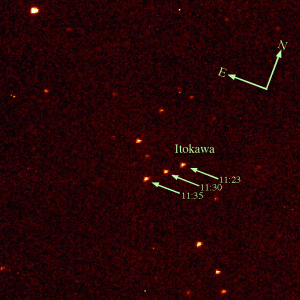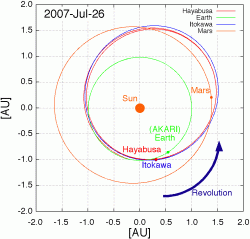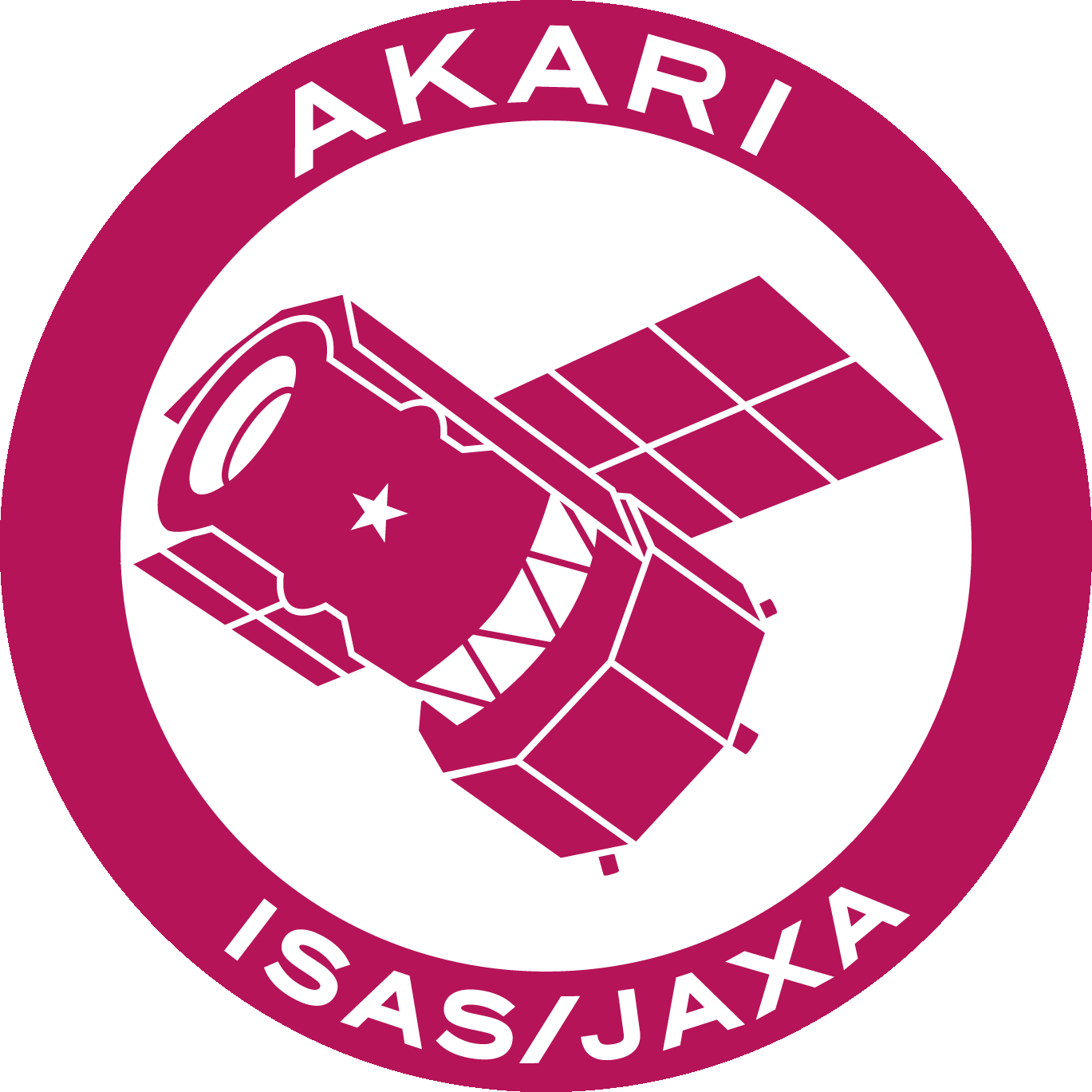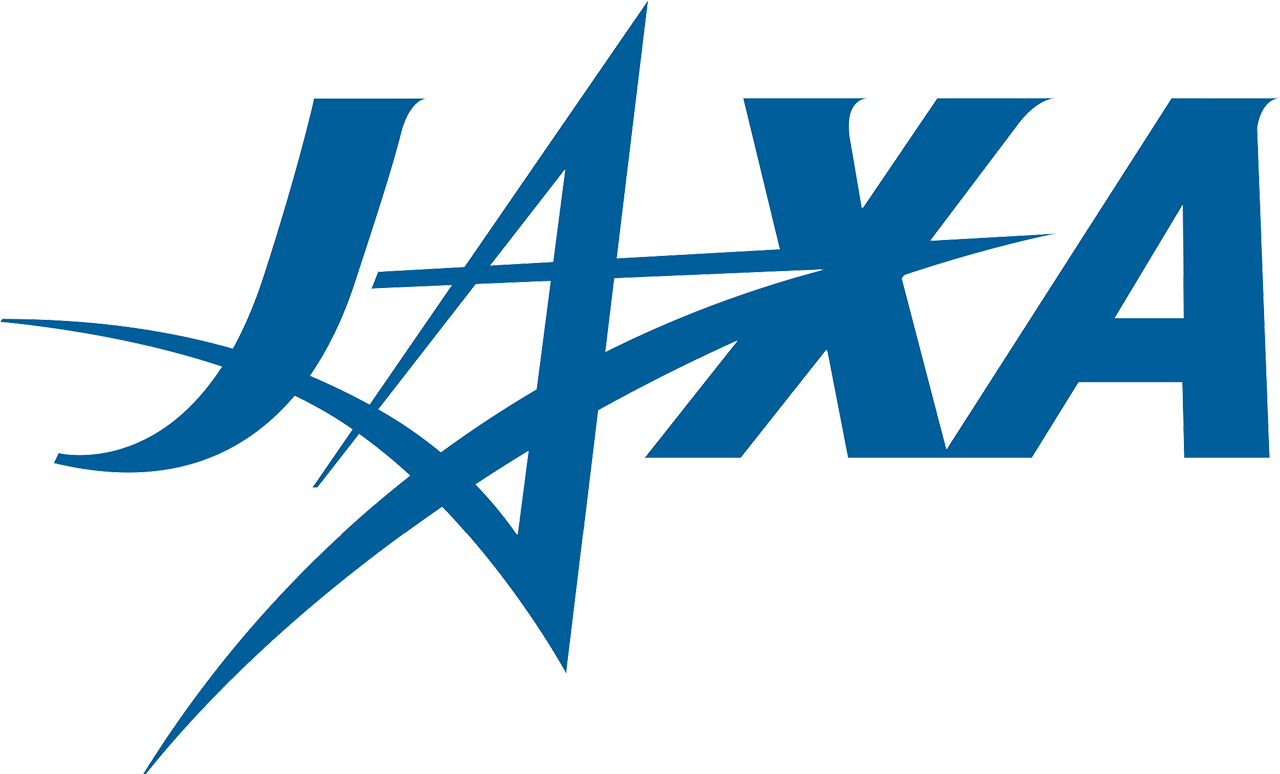Topics
AKARI observes the asteroid Itokawa, the target of the Hayabusa explorer
The asteroid explorer Hayabusa finally departed its target, the asteroid Itokawa, in late April this year and is now heading back home to the Earth. Last month, about three months after Hayabusa's encounter, on the 26th of July, 2007, the infrared astronomical satellite AKARI also succeeded in observing Itokawa with its onboard instrument, the Infrared Camera (IRC).
Figure 1 shows the image of Itokawa taken at a wavelength of 7 micrometres by AKARI. It can be clearly seen that Itokawa moves rapidly on the sky during the observation of about 12 minutes. Movie 1 demonstrates the motion of Itokawa by animation. The movie was composed using the images at two wavelengths, 7 and 11 micrometres.

Figure 1 (click to play mp4 video): The asteroid Itokawa observed by the Infrared Camera (IRC) onboard AKARI at 7 micormetres. The observation was carried out at 11:23–11:35 (UT) on July 26th, 2007. We selected three images from the data taken in the observation period and composed a single image to show the motion of Itokawa over 12 minutes. The image covers roughly a 7.4 arcmin × 7.4 arcmin area around the target.
At the time of the observation, Itokawa was in the constellation of Scorpius and was about 19 magnitudes bright in visible light. The asteroid and the Earth were closest to each other, lying at a distance of about 0.28 Astronomical Units apart (AU; 1 AU corresponds to the distance from the Earth to the Sun, about 150 million km, i.e., Itokawa was 42 million km away). Due to its proximity, Itokawa moved a significant distance on the sky over the short time of the observation. AKARI detected the target very clearly at infrared wavelengths. The asteroid is hardly visible using telescopes of similar sizes from the ground[1].
Hayabusa itself is at a distance of around 41 million km from the Earth (it is not possible to detect it even with AKARI), and continues its journey homeward. In June 2010 after about two revolutions along its orbit around the Sun, as shown in Figure 2, Hayabusa will arrive back home to the Earth, after which time the Earth will also have made three orbits around the Sun. As of August 22nd, 2007, the spacecraft is about 50 million km away from the Earth[2].

Figure 2: The positions of Itokawa and the Earth at the time of the observation (26th July, 2007) on the inertial (Zodiacal) coordinate frame. The planets and the asteroid Itokawa move along their orbits in the direction indicated. After three orbits for the Earth and two orbits for Hayabusa, the spacecraft will arrive back at the Earth in June, 2010.
What is the meaning of this new observation of Itokawa after Hayabusa previously explored it in detail? When we study asteroids, their size is one of the most sought after pieces of information. For asteroids that are not explored directly, we can estimate their sizes based on various observations from the Earth. In fact, before Hayabusa arrived at Itokawa, many observations to determine the asteroid's approximate size had already been attempted. Among the many different measurement methods, the most accurate estimate was achieved by mid-infrared observations. This time, with AKARI, we observed Itokawa at several different wavelengths in the mid-infrared range obtaining a much more comprehensive set of data. This data is very important, not only for the study of the infrared properties of Itokawa, but also for use as a template and source of comparison with other asteroids, to improve the estimates of their sizes.
AKARI has also made observations of possible candidates for future asteroid exploration and we expect that this detailed information will help us to greatly further our knowledge of these interesting relics of our Solar System.
The observation of Itokawa was carried out as a part of the asteroids observation programme by Dr. Suano Hasegawa (ISAS&JSPEC/JAXA) and colleagues of the AKARI Solar-System Object working group.
- The majority of the sunlight reaching the asteroid Itokawa is absorbed on the surface, and warms up the object. Consequently, Itokawa re-emits this heat energy as bright infrared light which was in turn observed by AKARI. On the other hand, only a small faction of the incident sunlight is reflected from Itokawa which explains why the asteroid is so very faint in visible light.
- The temperature of asteroids is determined by the balance between the input energy from the incident sunlight and the output energy from the reprocessed heat energy emitted as infrared radiation from the asteroid. Computer models that calculate the temperature distribution in asteroids considering their shapes, rotations, and surface conditions have been investigated. Observations in the mid-infrared wavelength range provide information about the infrared light emitted from the asteroids. By comparing the infrared observational data with that expected from the model calculations, we can derive information about the asteroid such as its size. Additionally, we can improve the model calculations themselves by utilizing the infrared observational data of very well studied asteroids such as Itokawa. The improvement of thermophysical models of asteroids such as Itokawa would be useful especially for estimating the size of potentially hazardous asteroids which may be discovered in the future. The new AKARI data will be perfect for improving the model of Itokawa itself and for increasing the confidence in the model predictions for other near-Earth objects. After validating current thermophysical models on the well-studied Itokawa, it will now be possible to determine the sizes of these bodies easily and accurately. We believe the new AKARI data will also allow us to study in more detail how the surface properties influence the infrared spectrum of small bodies, or how to derive surface properties from infrared observations of other targets.
Hayabusa data archives
http://www.isas.jaxa.jp/e/snews/2007/0424.shtml
Materials
- Figure 1 (© ISAS/JAXA)
- Figure 2 (© ISAS/JAXA)





